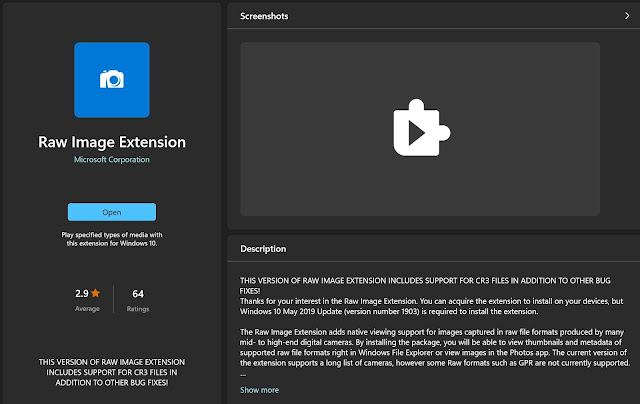Fujinon XF70-300mm zoom lens
I've recently purchased the Fujinon XF70-300mm F4-5.6 R LM OIS WR zoom lens.
For those unfamiliar with all the letters in the full lens designation, R indicates that it has a ring for controlling aperture (can also be set to auto), LM denotes a linear motor for autofocus, OIS denotes optical image stabilisation and WR denotes weather resistant (but not fully water proof).
 |
| Fujinon 70-300mm lens on X-T1 |
In choosing this lens I was looking for something that I could use as a flexible telephoto lens for capturing images of wildlife such as birds. I have Canon's 70-200 L series lens but this does not give enough reach, if I pair it up with a X2 extender there is a distinct loss in image quality and going up to the Canon 100-400mm lens would mean lots of expense and lots of weight lugging it around.
By choosing a Fuji X mount lens this means having an APS-C sensor, so effectively multiplying the full-frame focal length equivalence (70-300 gives 107-457mm in 35mm format equivalent), while mounting on a small light weight body. The three obvious lens choices then became the 50-200, 70-300 and 100-400. The 70-300 is only a fraction bigger than the 50-200, has the advantage of being weather resistant and avoids the cost/weight of the 100-400 (which does have the reputation for being an excellent lens if that's what you need).
The only problem with the 70-300 is getting one, it's a new lens in the Fuji line-up with limited stock so be prepared to pre-order and wait. It took me about 3 weeks to get mine so not too bad.
 |
| Sunflower at 70mm |
 |
| Sunflower at 300mm |
The lens has a relatively close minimum focus distance so can deliver semi macro shots, ideal for flowers and some insects. Results are sharp at either end of the zoom scale.
One slight niggle was that the direction of rotation for the zoom ring is the opposite to that on my Canon zoom lenses so I frequently found myself zooming in the wrong direction. This is not a direct criticism of the lens and won't bother those that exclusively shoot Fuji but it may be a factor for some if you regularly switch between different lens brands.
Note that the lens does not have a dedicated switch for image stabilisation, to turn this off you will need to use a menu option on the camera body. However for most shooting situations Fuji recommend the OIS is kept activated, even for tripod shooting.
 |
| Landscape at 70mm starts to give some feel of distance compression |
 |
| Sheep at 300mm, f7.1 easily gives a shallow enough depth of field |
The photographs here were taken with an X-T1 as quick test shots to get a feel for the lens, my plan is to team the lens up with an X-T4 longer term for better resolution and improved stabilisation. The lens is light, easy to operate and delivers sharp results, so far I'm very pleased with it.



Comments
Post a Comment